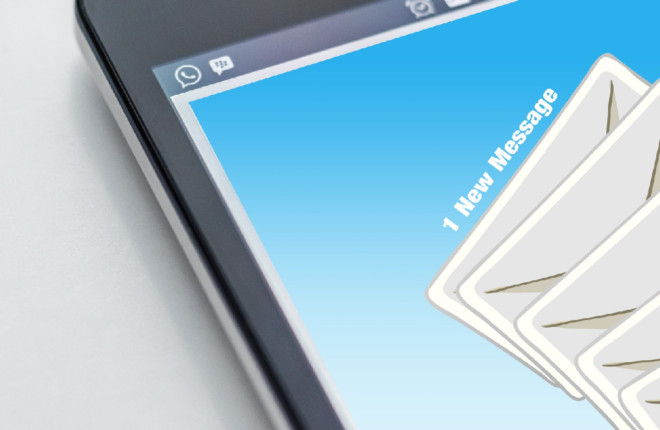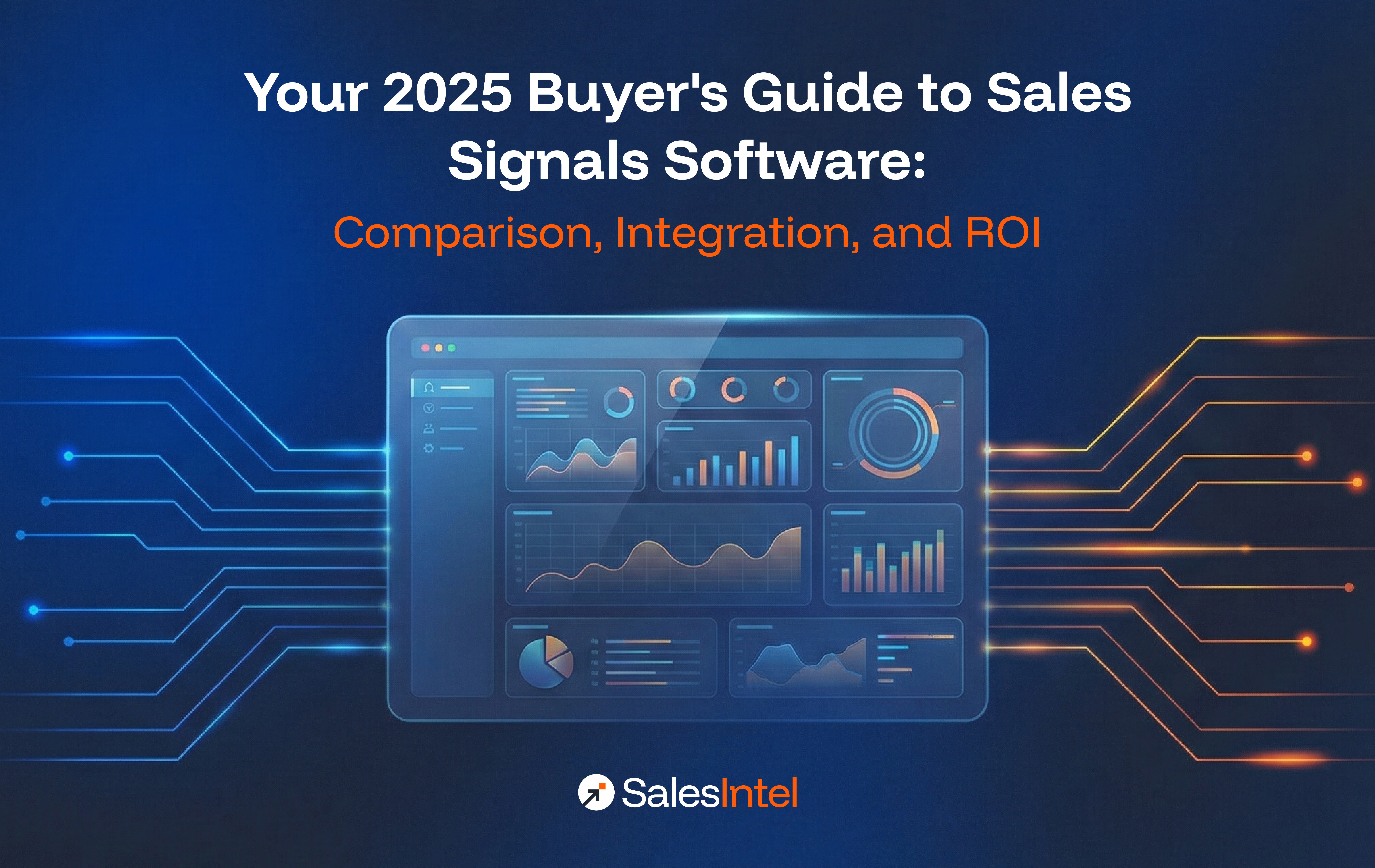When you’re launching a fresh sales campaign, it doesn’t matter how good your product is, how efficient you are at closing deals, and what amount of value you have to offer if you can’t get anyone to respond to your email.
When you’re reaching out to prospects for the first time you want to make the best first impression possible.
From properly editing your emails to the rules you should never break, here are 6 lessons for increasing your cold email response rates.
It All Starts with the Subject Line
The first step to interest a prospect in your email is an engaging subject line. Subject lines should be short and to the point with simple vocabulary. However, your subject line should still be intriguing enough to stand out.
Emma Brudner of HubSpot explains that “the best email subject lines are creative, compelling, and informative,” but don’t give too much away. Simple changes like making the subject a question or including the prospect’s name can go a long way in making your email stand out.
Whatever you do, try not to sound desperate in your subject line, even if the prospect has proved to be unresponsive in the past. Please: take your finger off of the caps lock, and don’t even think about using the word “urgent.”
Keep It Brief
A recent study by Ciceron showed that even in an email, you only have about seven seconds to make a good first impression. Use them wisely.
Marketing Consultant Ryan Robinson advises that “it shouldn’t take you more than 30 seconds to read through your entire message.” He even suggests reading it out loud and recording your message to ensure that it is brief but interesting. If you’re not interested, the client won’t be either.
Time it Well
When it comes down to it, there are just specific times of day that are better for emailing, just like there are best timing parameters for social media responses. An email has proven to be more effective in the morning.
Edward Suez of Freelancer reminds us that “email analytics indicate that virtually all office employees spend two hours each morning reading and responding to email.” That’s right, it’s not just Twitter we check up on over our morning coffee.
If you can manage to get your email into a prospect’s inbox an hour or two before the regular workday, it’s more likely to be part of that morning regimen.
Make Your Requests Clear
A cold email should include some sort of “subtle ask.” Okay, maybe not so subtle. You need to make sure you’re requesting some kind of response in order to move the process along.
Suez writes that one reason cold e-mails are often so unsuccessful is that they “beat around the bush.” He recommends a clear call to action with a specific time frame. If you want to set up a meeting or conference call, suggest a few times. If you would like them to fill out a survey to provide more information, give them a deadline.
Don’t sacrifice clarity simply because you’re afraid of sounding demanding. It’s better to get to the point with the few seconds you have than to never reach your point at all.
The less your prospect has to think about what they need to do next the better. You should make it as simple as possible for them to move ahead with you.
Do Your Research
Demonstrate that you’ve done your research on the person or company you emailing. There are plenty of ways to get general information about people and their companies so that you can show genuine interest.
Don’t go down a Google wormhole, but do check out the usual sources like press releases, websites, and LinkedIn to show that you know who you’re talking to and are taking them into account as your audience.
Proofread, Proofread, Proofread
This is the most important step of all that is recommended across the board. In fact, it’s not just one step. Proofreading is something you should be doing all along the way.
Read it out loud. Ask a coworker read it over. Spell check, then spell check again. Any egregious errors will immediately undermine your credibility. You may have gotten away with it in high school or college, but at this level? It’s just not worth it.
What are you waiting for?
Now that we’ve gone over what it takes to craft a killer cold email, you’ve got nothing to lose. Start with an intriguing subject line, follow it up with a brief, but personalized and concise call to action, and top it off with a few more rounds of proofreading. You’re ready to e-mail away!




